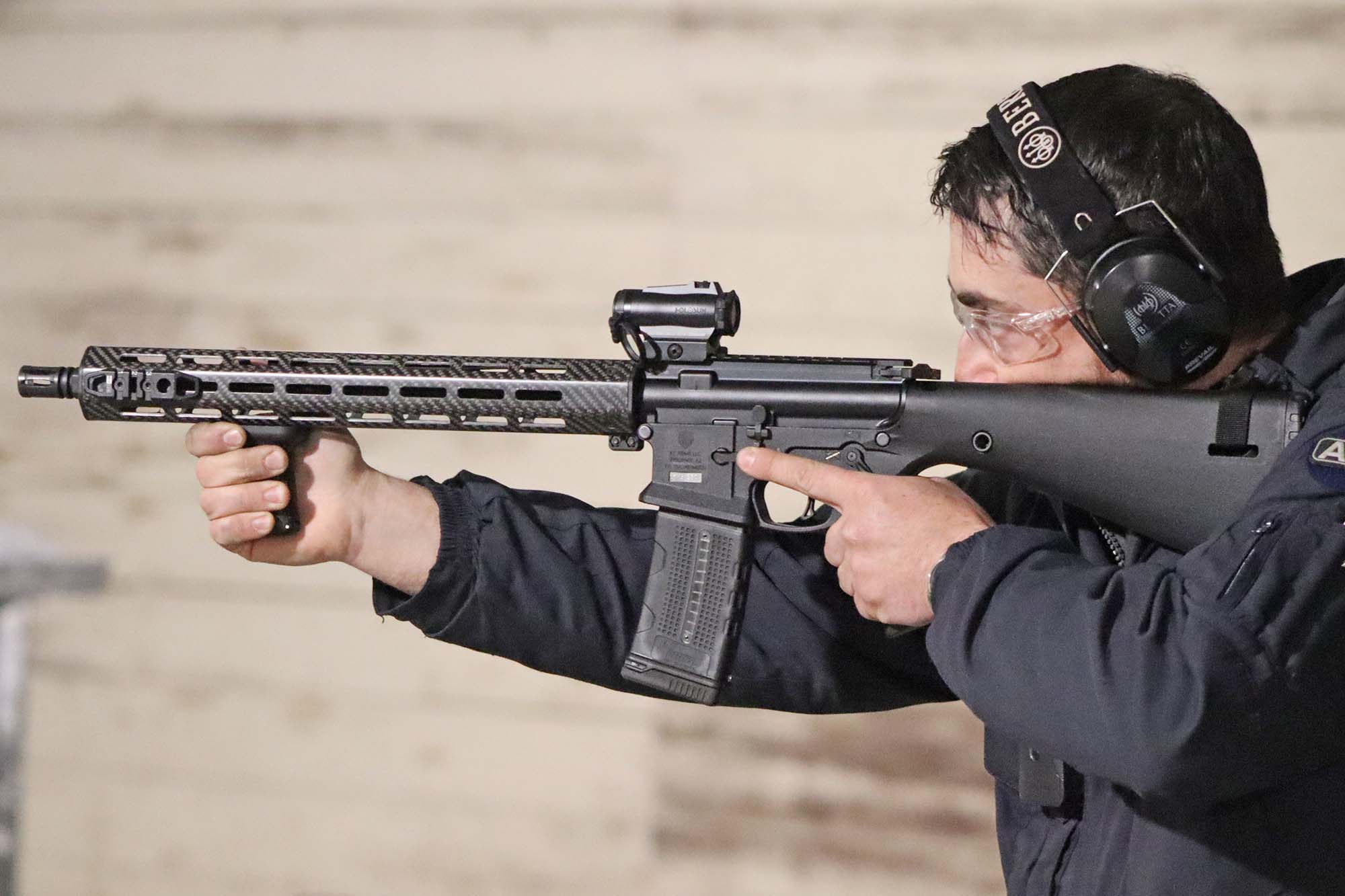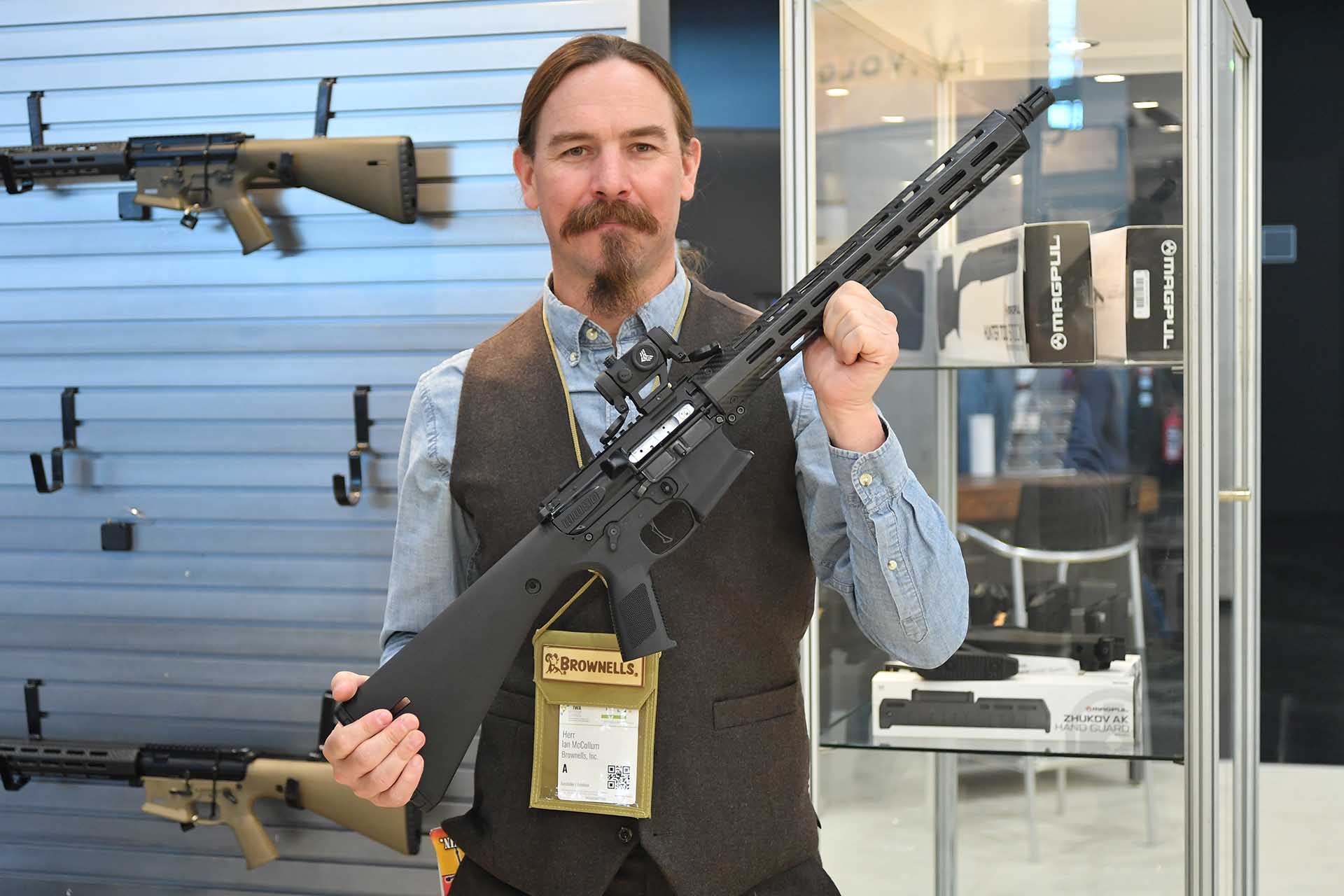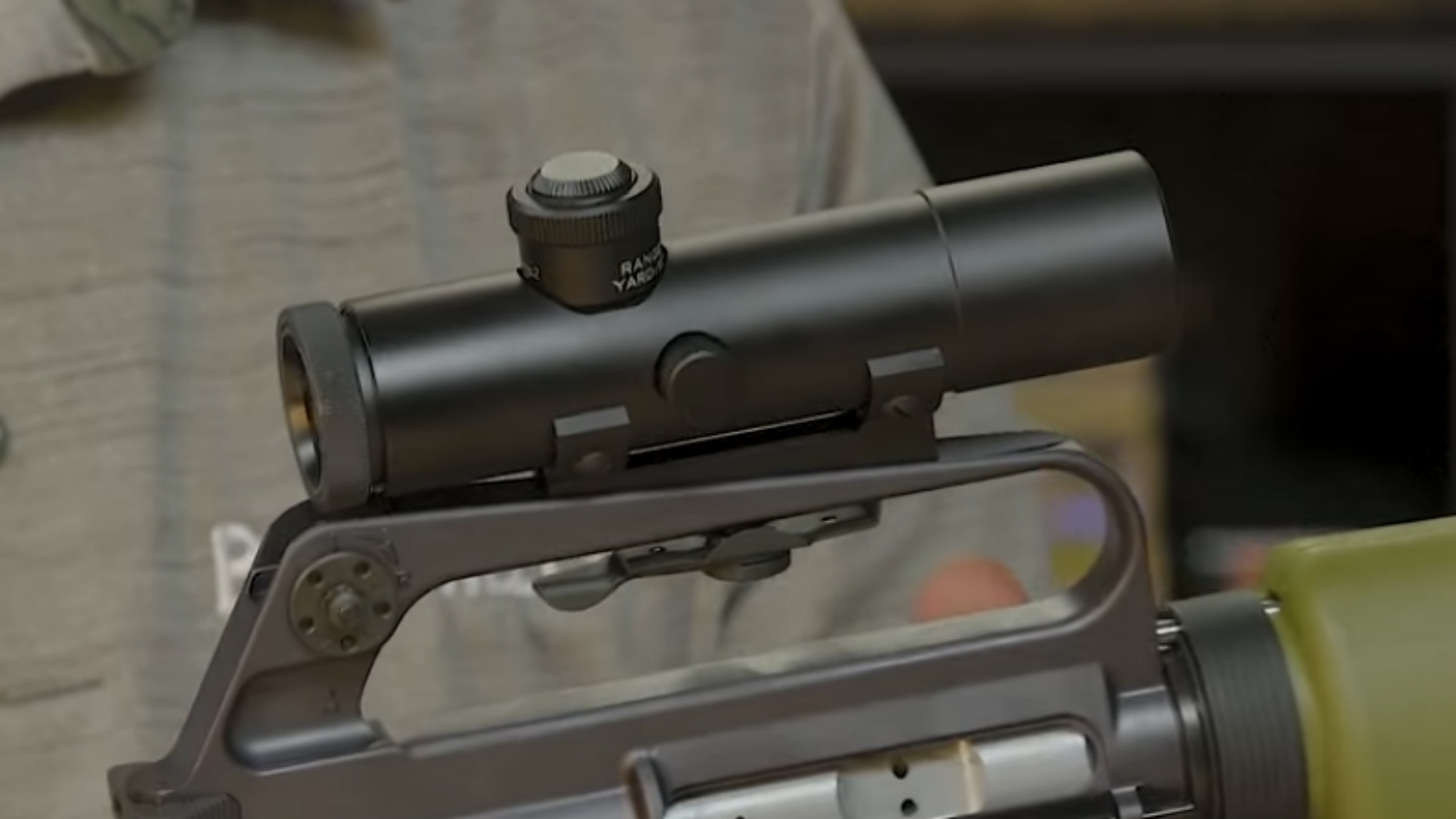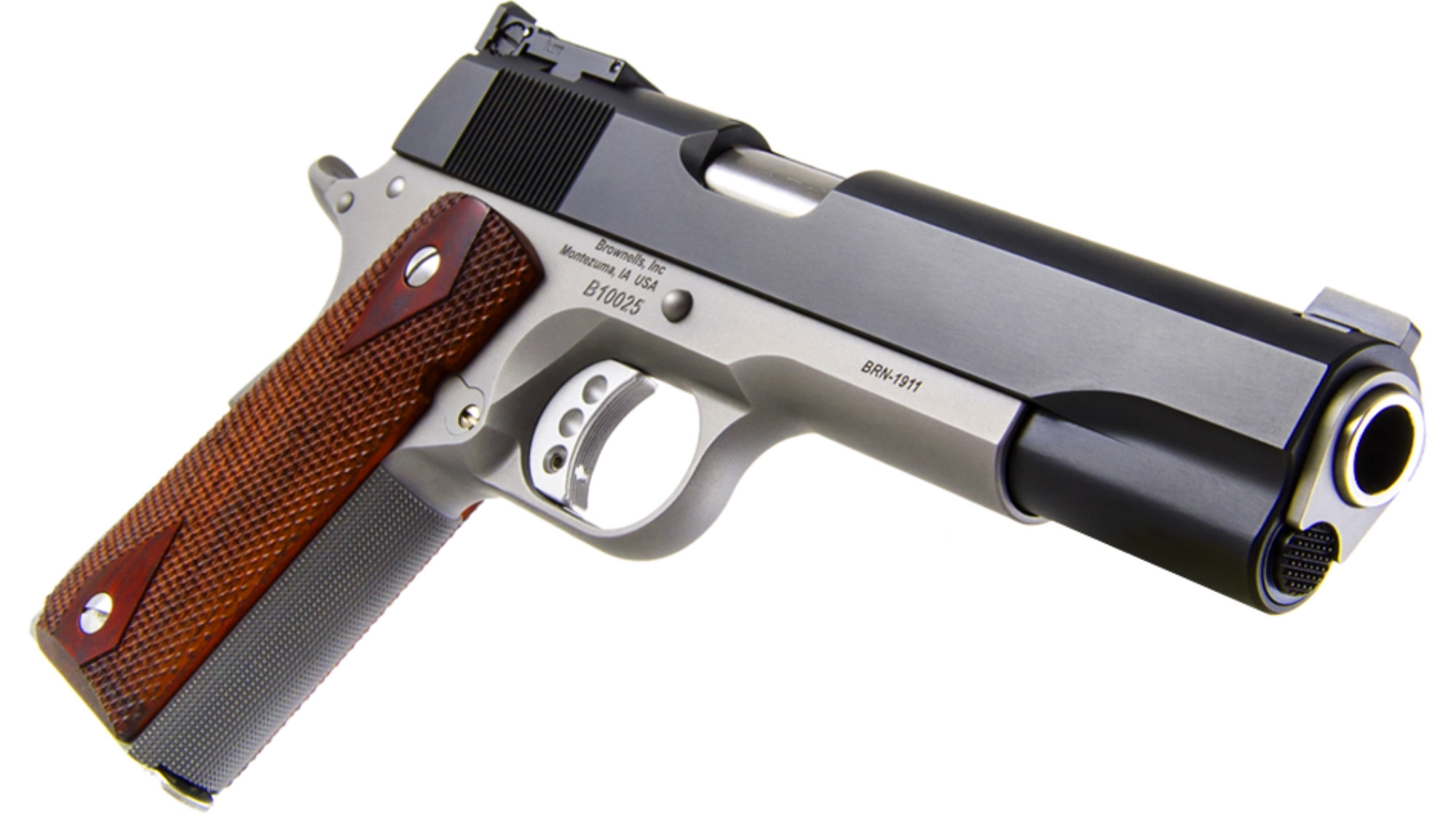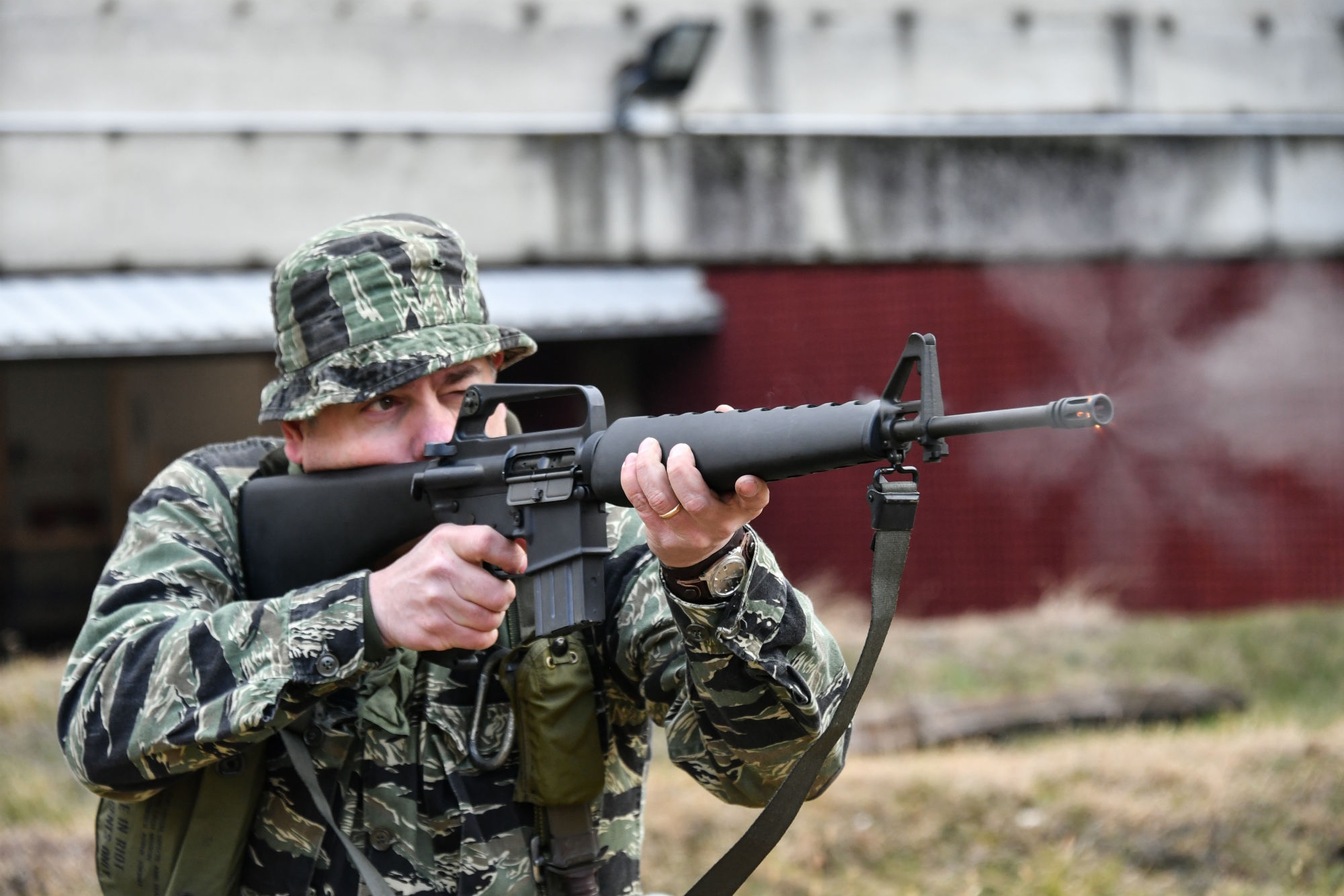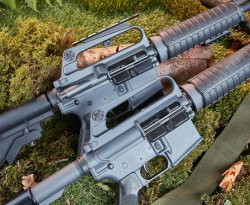
If you look at the market of AR-15 platform rifles, you will mainly find modern semi-automatic rifles that have little to do with the original design of the AR platform. This starts with adjustable buttstocks with all kinds of features, continues with the now almost always missing carrying handle, controls like safety and trigger that are almost always factory-optimized, ending with handguards optimized for free-floating barrels, which have nothing in common with the original grips anymore. Of course, this usually means that the conspicuous front sight of the AR platform, which also serves as a gas block, is no longer needed, while handguards are equipped with various rails, M-Loks & co. This trend in modern semi-automatic rifles has been going on over the past 10-15 years. Now, there seems to be a countermovement: in their product range, more and more manufacturers are offering semi-automatic rifles based on the AR platform which not only take into account certain eras of the AR development, but also partly replicate the "original AR" design. The target market of these rifles is easy to explain: they are intended for lovers and fans of modern self-loading rifle technology – true “emotional guns”, which are simply fun to own and to shoot with. From a sporting point of view, they usually can't compete with the described modern models of their kind.
Troy: My Service Rifle Series – The GAU-5/A/A and M16A2
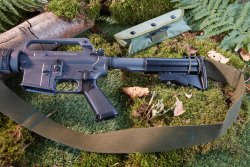
The US manufacturer Troy Industries is well known by most shooters for the accessories described above, which make up the modern AR-15 rifles: handguard systems for free-floating barrels with mounting options for a wide range of accessories. The "My Service Rifle" series, however, goes in exactly the opposite direction: AR-15 rifles that are supposed to remind of service weapons of certain conflicts in US-American history.
all4shooters.com has tested two models of this series: the GAU-5/A/A and the M16A2. The former is a replica from the Vietnam era – strictly speaking, the service weapon of a US Air Force special unit. The rifle became famous through its use in the liberation of prisoners of war in the Son Tay camp – "Operation Ivory Coast". The second gun in the Troy catalog is an AR version from the early 1990s, also used by special forces and made famous by its use in Somalia – keyword here is "Black Hawk Down". A common feature of both models, and at the same time a distinguishing feature to newer ARs, is the fixed carrying handle. This means that optics can't be mounted so easily on the upper receiver rail, since there's none. The M16A2 model comes with a mount to screw onto the handle. These mounts – just like the original – do not allow for a very stable mounting because they are fixed by one single screw. In the testers' opinion this does not matter: close to the original is better. The GAU-5/A/A also comes with a fixed dummy suppressor of the type commonly used at the time and a classic 2-position telescopic stock. The M16 A2, on the other hand, features an already more developed stock with a total of 5 positions. Both models, however, share the same operating system: both are direct impingement system rifles, of course.
The accessories that Troy includes are also particular: the GAU comes with the classic webbing strap as well as reprints of the original manual and the well-known comic-like maintenance instructions. Although these are not originals, we found this addition particularly charming on a gun of this type.
The retro models from Brownells: BRN-601 and BRN-16A1
With the BRN-601 Brownells offers a replica of the earliest AR-15 versions (see our full article here). The model dates back from the early 1960s when it was introduced into the US Army. It still has a fixed stock and triangle handguards. Similarly to the Troy models, the carrying handle is integral to the upper receiver, but also features a hole for attaching an optics rail. The BRN-M16A1 is basically "the M16", or the civilian version of it. It's the model which was introduced into the US Army in 1967, serving until the 1980s. It's therefore the AR version that was issued and used in the regular armed forces during the Vietnam War. The design of this version already strongly reminds of what experts today associate with an AR-15, as Brownells has kept it completely in black. Nevertheless, this version still has a fixed stock, the triangle handguards and an integral carrying handle. With these two models, the customer therefore has the choice between an early model and the classic rifle.
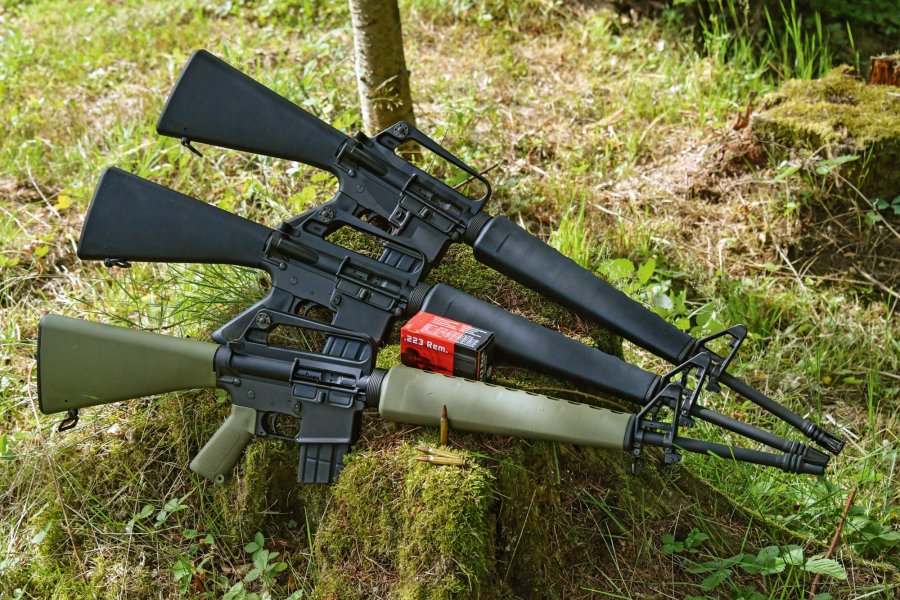
The Brownells prototype: BRN-Proto
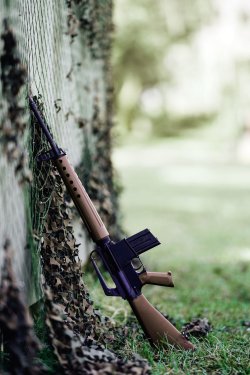
In contrast to the Troy models and the already mentioned Brownells rifles, the BRN-Proto does not go back to the development history of the ARs, but directly to the beginning: namely to the year 1954, when two firearms designers met on a shooting range in the south of the US state of California. Their names: George Sullivan and Eugene Stoner. Sullivan had just started a company called "ArmaLite". According to his ideas, the company should develop weapon designs which should then be sold to larger companies. As luck would have it, Stoner was testing one of his designs on the shooting range. Sullivan liked the development so much that shortly after that Stoner was working as chief developer at ArmaLite. After some intermediate steps, this collaboration resulted in the AR-10 in .308 Winchester caliber. This large caliber did not meet with much approval, especially in the military, so that one year later the AR-15 model was developed – this time in .223 Remington caliber. The Brownells BRN-Proto is based on the designs of this period. This is immediately apparent: the stock design is still very different even from the classic designs of the aforementioned models. This is not only due to the brown color, but also because the handguards are unusually thick for a .223 Remington caliber rifle. The reason for this is that Eugene Stoner used the handguards of the previously developed AR-10s for his AR-15 prototype. Another detail also catches the eye: the Proto's charging handle is not placed at the rear of the upper receiver, behind the carrying handle – it finds its place inside the carrying handle itself. This solution, however, did not survive in later models.
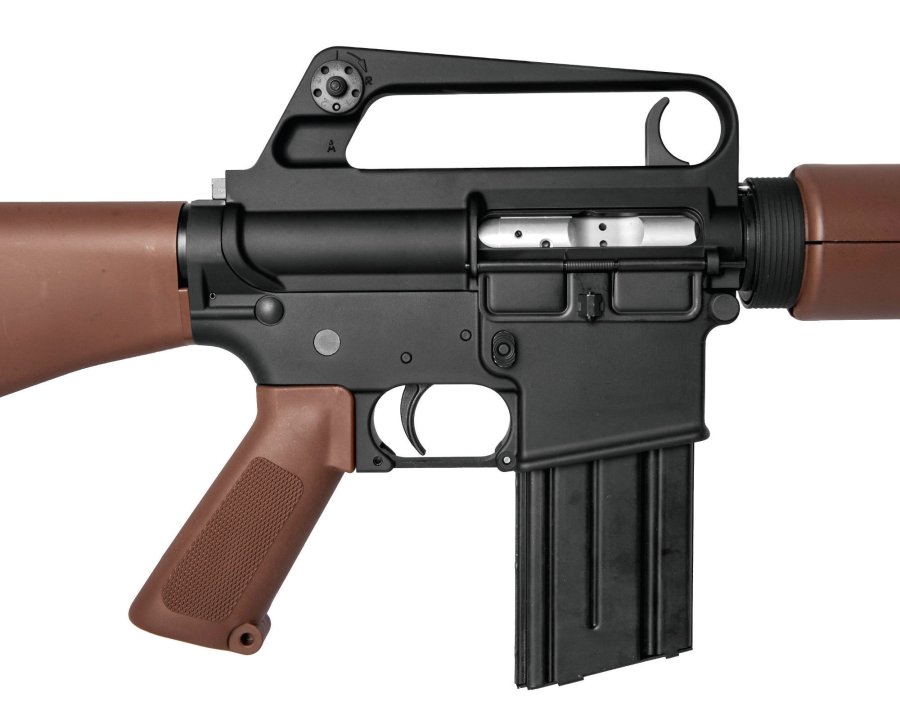
Conclusion: which retro AR to buy?
At the end, two questions have to be answered: what customer target groups is the purchase of a retro AR suitable for, and which model should it be? The Retros are not precision machines. This is due to the open sights and the difficult mounting of optics. Due to the rifles' construction, optics are in fact not very stable and therefore lead to less good groupings than would be the case with a modern design. However, this is not a shortcoming from the testers' point of view, because that is not what the Retros are made for. They were thought for buyers who enjoy older technology and development history. But also shooters interested in military history may like them. Which model you buy, it depends on what the reason for buying it is. If the buyer is interested in certain models from the US military history, then Troy's models will certainly appeal to him. If the interest is more of a technical nature or if you'd like to own the replica of an important chapter of firearms history, testers would rather recommend the Brownells models. All in all, as a person interested in history and technology, you won't do anything wrong with any of the rifles presented – the same applies here as for so many things in life: when in doubt, listen to your gut.



